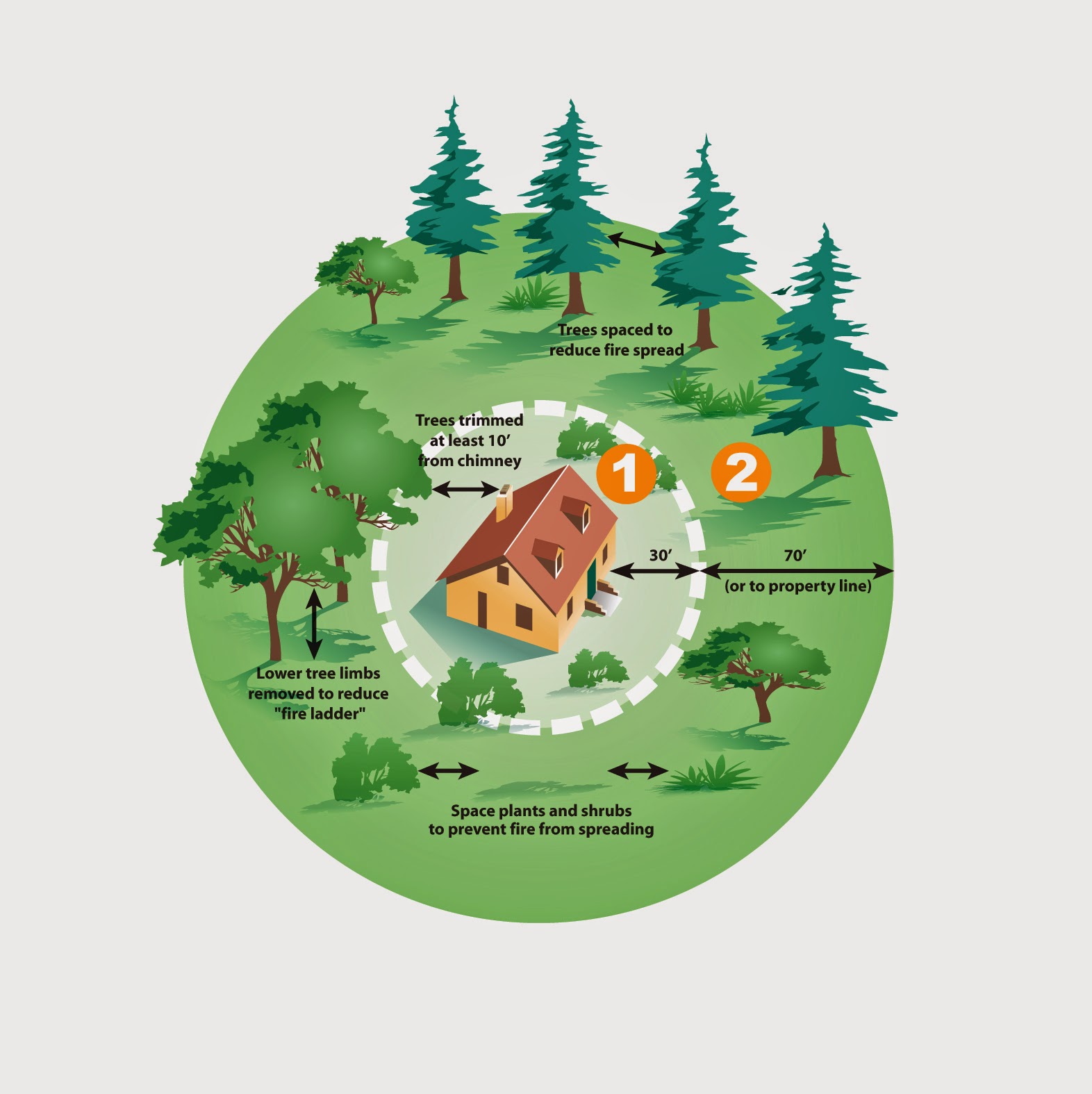What is that buzzing around my head and food? This video will help you identify helpful pollinators and troublesome pests.
Thursday, May 30, 2019
Sunday, May 26, 2019
Pollinator of the Week: Squash Bees
 |
| Squash bee, photo courtesy Holly Prendeville, University of Nebraska |
This article is reprinted from “Squash Bees” by Jim Cane, USDA ARS, Bee Biology and Systematics Lab, Logan, Utah.
Got squash? If so, you have the chance to see the most important floral specialists in agriculture, native solitary bees of two genera, Peponapis and Xenoglossa, the so-called “squash bees”. Look at your squash’s flowers during the first few hours after sunrise. Male squash bees will be darting between flowers, searching for mates. By noon, they will be fast asleep in the withered flowers.
Wednesday, May 22, 2019
Spring-planted Bulbs, Corms and Roots
Sunday, May 19, 2019
Pollinator of the Week: Flower Flies
 |
| Tachinid fly, photo courtesy of Beatriz Moisset |
Wednesday, May 15, 2019
Hardening Off and Transplanting Seedlings
 |
| Seedling Photo by Brooke Coburn |
Hardening Off
 |
| Photo Brooke Coburn |
 |
| Shade for new seedlings by Brooke Coburn |
Transplanting
Transplant seedlings on an overcast, cool day, if possible, after the danger of frost has passed. Loosen the soil and dig a hole for the transplant. Carefully remove the seedling from the pot, keeping as many of the roots intact as possible. Place the roots in the hole and move loose dirt back around to support the stem of the plant. Water right away with a solution of half strength fertilizer. Keep newly transplanted seedlings well-watered for the first three to four weeks after transplanting until they develop a larger root system.
Summary
Gradually acclimate seedlings to the outdoor environment by providing protection from sun and wind. Transplant on a cool, overcast day, and continue to provide sufficient water until the root system has developed. See the links below for more information and to find your local frost dates.
Sources
Buying and Hardening Seedlings http://www.ext.colostate.edu/ptlk/1802.html
Hardening Off Isn’t Hard http://www.colostate.edu/Dept/CoopExt/4dmg/Garden/harden.htm
Vegetable Planting Guide http://www.ext.colostate.edu/mg/Gardennotes/720.html
Monday, May 13, 2019
Pollinator of the Week: Leaf Cutting Bees
 |
| A female leafcutter bee collecting pollen. Image courtesy of Jim McCulloch. |
This article is excerpted from Leaf Cutting Bees (Megachile spp.) by Beatriz Moisset, USDA Forest Service.
There are about 242 species of Megachile bees or leaf cutting bees in North America. They belong to a larger group that includes also other leaf cutting as well as mason bees; these are all very good pollinators with very interesting habits.
Thursday, May 9, 2019
Dealing with Hail By Joyce D’Agostino
 |
| Hail, photo by Joyce D'Agostino |
For many of us, having to deal with hailstorms is a reality. In this area of Colorado, we are in a hail zone meaning that we can experience more than the average hail events, and some of them can wipe out your garden in minutes.
In 2009, the Denver area had a very devastating hailstorm that included powerful winds. This occurred in late July, after about 9 PM and my mature garden was shredded. Not only was this very upsetting, but it told me that in order to try to successfully garden here, that weather protection, especially from hail is a must. Just recently we had a very powerful hailstorm in this area that including very large hail so there was not only damage to cars, roofs and siding but also damaged anything that was unprotected in gardens and landscapes. Hail can happen in any season so finding some permanent solutions that can stay up year-round will help.
Sunday, May 5, 2019
Pollinator of the Week: Halictid Bees
 |
| Sweat bee on wild rose, photo courtesy LuRay Parker, Wyoming Wildlife |
In honor of the upcoming National Pollinator Week (June 19-25), we are highlighting a different pollinator every week. This week's pollinator is the Halictid bee, commonly known as sweat bees. Thanks to Vince Tepidino, USDA ARS, Bee Biology and Systematics Lab in Logan Utah for the following information.
Pollinators have distinct foraging characteristics – some are specialists that collect pollen from flowers of just a few kinds of plants. Others, like the Halictidae (sweat bees), seem to be "anti-specialists". To paraphrase the early 20th century humorist Will Rogers, they have never met a flower they did not like, and they rarely find one whose pollen or nectar is unyielding. Such generalists visit a wide variety of flowers and often seem to do so indiscriminately. Variety seems to be the spice of their foraging lives.
Saturday, May 4, 2019
Celebrate Cinco de Mayo in the Garden by Carol King
Cinco de Mayo (Spanish for "Fifth of May") is an annual celebration in Mexico held to commemorate the Mexican Army's difficult victory over the French Empire at the Battle of Puebla, on May 5, 1862. In the United States the date has become associated with the celebration of Mexican-American culture. To commemorate this fun holiday, expand your celebration to include Cinco de Mayo gardening!
Here are some ideas for plantings in your Cinco De Mayo garden:
Cinco de Mayo Shrub Rose: (Rosa WEDcobeju’)
Flowers are a blend of smoked lavender & rusty red-orange, the festive shrub provides a variety of color in a single bouquet! Its clean, round habit is ideal for use as a hedge or in a border. CSU Fact sheet on planting roses in Colorado: Growing Roses in Colorado
Guacamole Hosta: (Hosta x ‘Guacamole’) The apple green foliage in the center is bordered by dark green margins creating a dazzling effect. These large hostas grow two feet tall and over four feet across. It has a magnificent fragrance that comes from the large white flowers in late summer. Nebraska Extension Fact sheet for growing hostas: Growing hostas.
Here are some ideas for plantings in your Cinco De Mayo garden:
 |
| Photo heirloomroses.com |
 |
| Photo Hosta Photo Library |
Subscribe to:
Posts (Atom)





